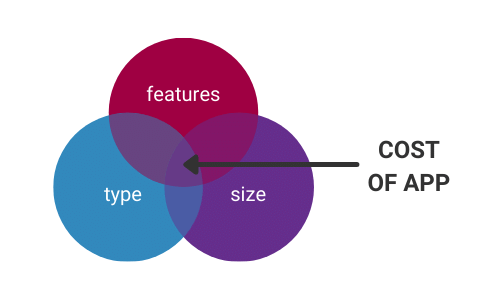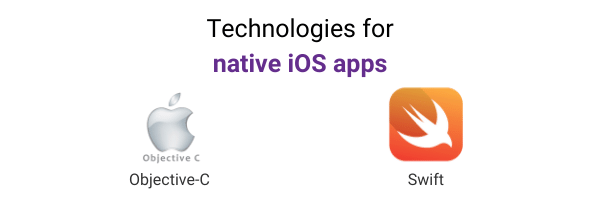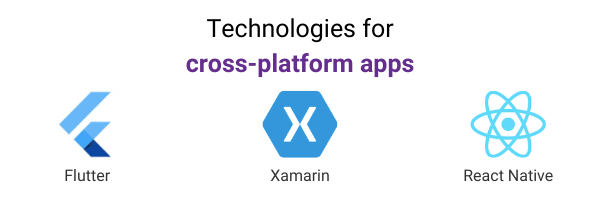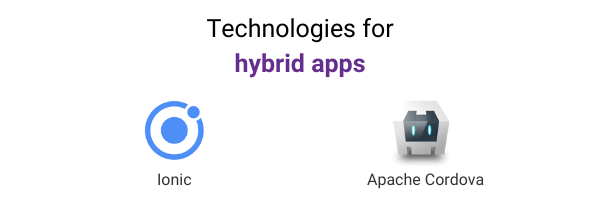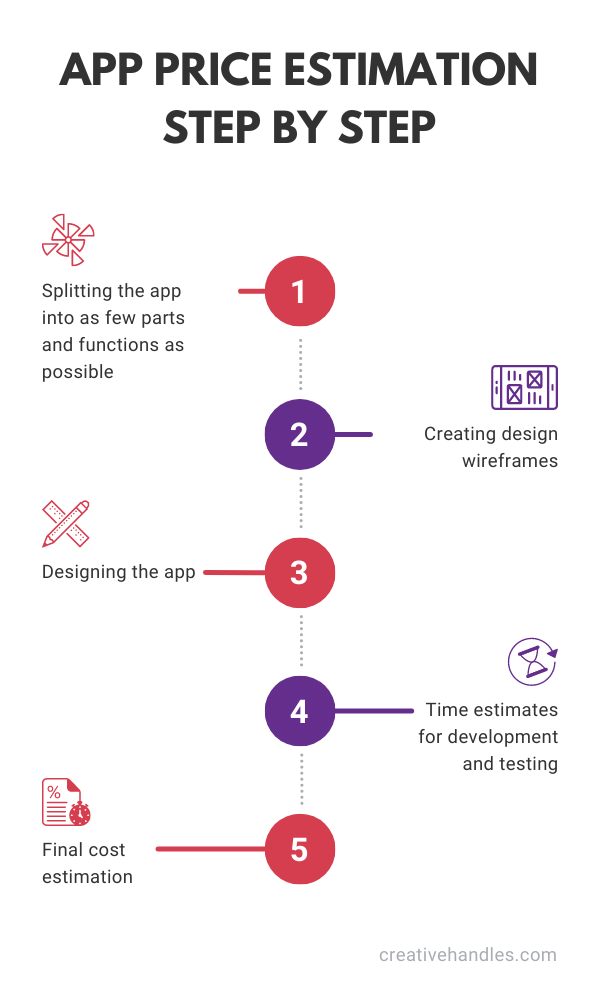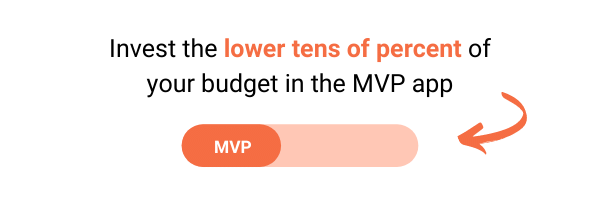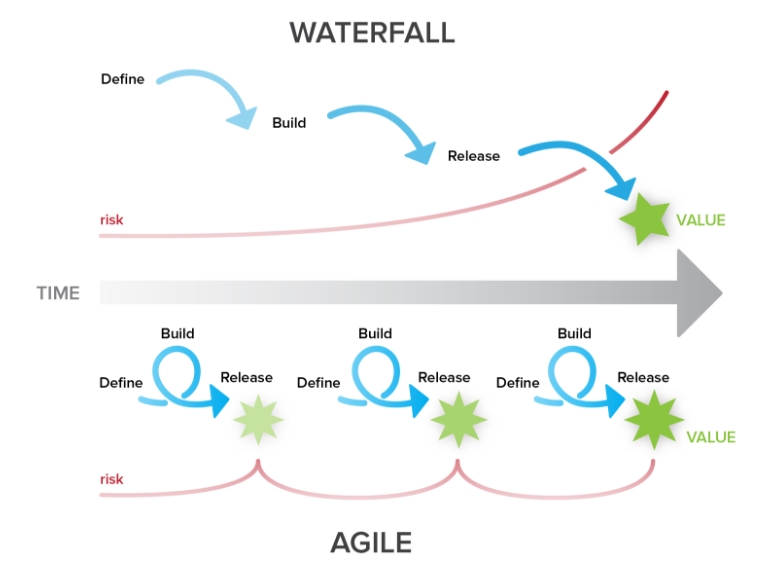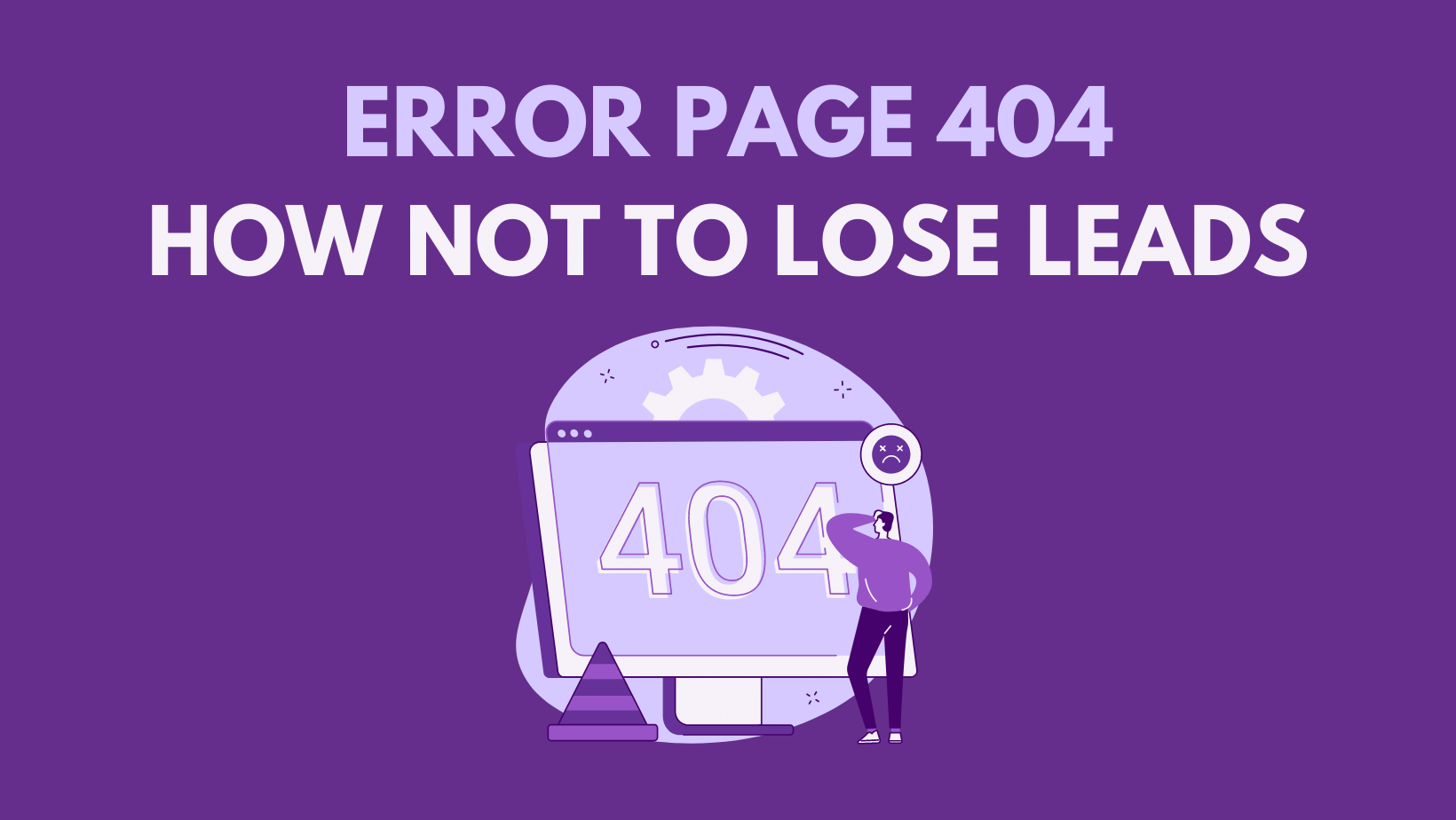Cost of App Development: How Much and Why?
8 min read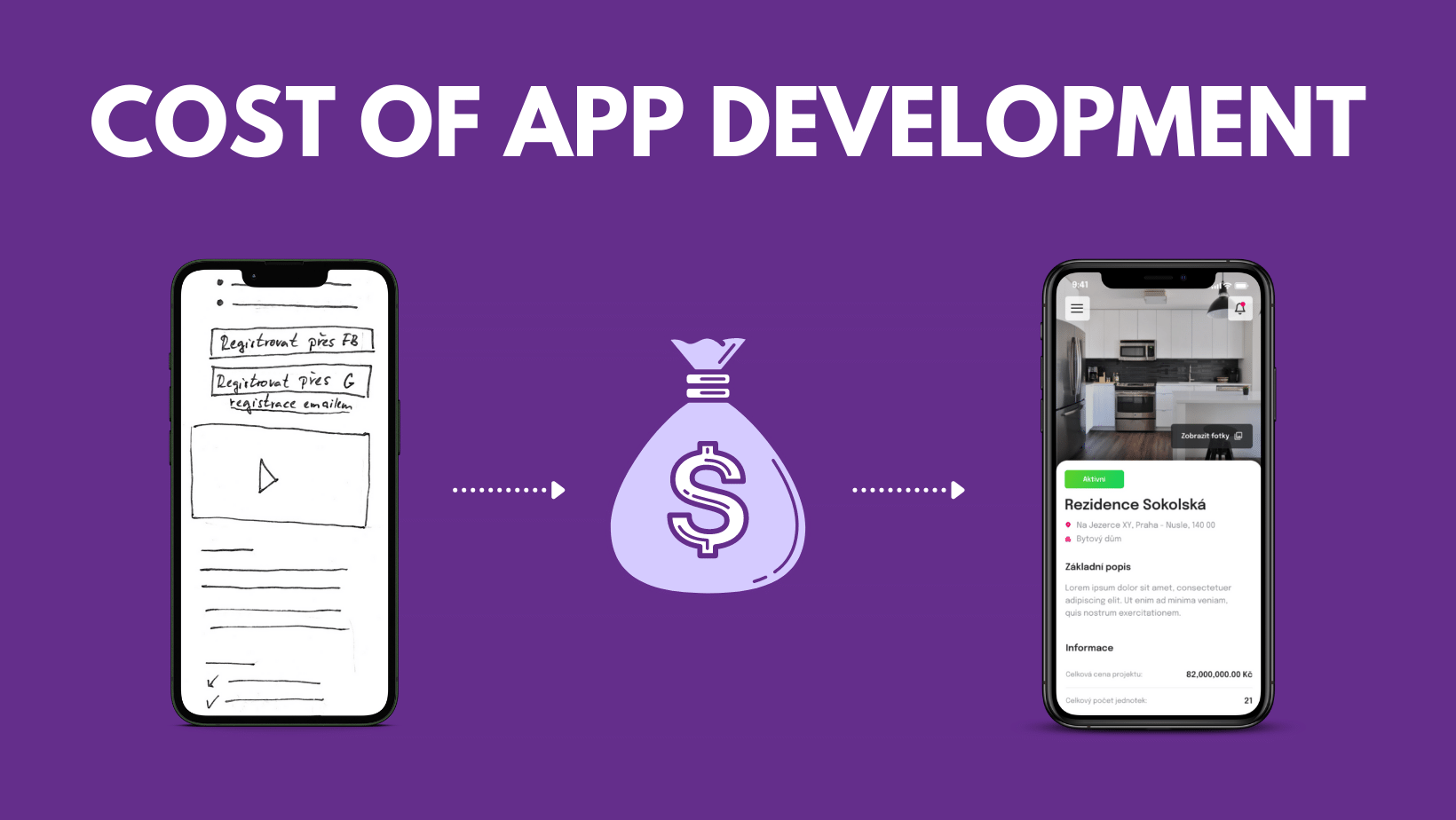
Without doubts, a precise cost breakdown during an initial consultation would please many clients. However, from the long-term perspective, you want to avoid agencies with this approach as much as possible. Why?
Application development is a "never-ending project" that constantly evolves. For example, do you remember how many updates Facebook or Gmail had? And it continues!
The beginning of app creation is quite similar to construction work. In both cases, you aren't given a specific price tag when planning. Instead, you start a project with an estimated price range and commonly a maximum budget you are willing to spend.
To be honest, nobody is able to estimate projects they don't know much about, and if somebody tells you otherwise—be aware.
How to estimate the costs of app development?
The cost of tailored application development depends on several factors, such as the type of application, its size, and its features.
1. Types of applications
Technically speaking, not all mobile apps are really "mobile". That's why our first questions during the pre-development consultation include:
- What do you expect from the app?
- What essential features should the app contain?
- Who is your target audience?
Based on your answers, we are able to estimate, at least partially, what type of app is most suitable for your project. Because a "real mobile app" (so-called native app) isn't always a needed solution.
Native mobile applications
Native apps are developed to fit a specific operating system. This means that if you are planning a native application for both Android and iOS, you are facing two separate projects and developments.
Native apps are a great fit for developing more complex apps that need immediate system response (interaction) or require frequent access to more complex built-in features of your phone. But the price of native apps is often higher – after all, you're developing everything twice.
Cross-platform applications
Cross-platform apps are developed using frameworks like React Native or Flutter. This innovative technology allows transferring the final code into both Android and iOS based on your preferences. Cross-platform development is, therefore, often cheaper and faster than the native one.
Hybrid applications
Similar to cross-platform development, hybrid applications for both Android and iOS are developed only once. This time, the code for each operating system is modified using standard technologies (HTML, CSS, and JavaScript). The final product is "wrapped" in native plugins that ensure compatibility with the phone's functions. In essence, it is a combination of web and mobile elements.
⚡ What about web applications? Read Mobile or Web App: Which Better Supports Your Business?
2. App size
We saw it many times. Clients are excited about their projects and want to build the best app with a great user experience and many features. If this is your case, wait a bit. What about starting with an MVP?
MVP development
We always recommend starting with an MVP (minimum viable product) to test your idea. In practice, it means developing a functional but stripped-down app.
What are the benefits?
With this approach, you save money by investing in data-based development, user feedback, and, last but not least, your customers' needs. That's why we highly recommend doing user research before starting the development. There is nothing worse than developing an app nobody needs.
⚡ How to develop applications from the very beginning? Read How to Make an App - 5 Fundamental Steps.
Tip:
An experienced app development agency will always give you feedback from a technological point of view and maybe even talk you out of your ideas.
Why would they do that?
For example, at Creative Handles, we believe that even though we may lose some profit, we will gain a happy client who will be glad to come back to us.
- Basic application
- contains basic functionality and static information
- isn't affiliated with any third-party applications
- doesn't contain any background infrastructure (backend)
- Medium-sized application
- uses a database to load data
- contains a backend infrastructure
- interfaced with third-party applications and native phone functions
- the amount of data and features mainly determines its costs
- Large application
- contains a variety of features and often works similarly to social networks
- usually, large projects involving machine learning, artificial intelligence or are connected to IoT devices (e.g., smart vacuum cleaner or home)
- most of the features aren't even visible to ordinary users; the magic of the app takes place in the background (backend)
Price of app development based on size
Generally speaking, when estimating the cost of creating a custom application based on its size, we would probably get the following amounts (their lower limits). But beware, this price doesn't include additional expenses related to maintenance and monthly fees to third parties.
Also, the costs of apps differ among individual countries and regions, so agencies coming from India, the UK or the US will offer very different ranges. Our estimation comes from central Europe.
| Small application | from €15,000 |
| Advanced application | from €25,000 |
| Large application | from €45,000 |
Wondering what category your app falls into? Contact us, and let's discuss it during a free consultation.
3. Features
The number of features in an app and its operation significantly impact the price. So what is meant by features?
- Access to native features of a device, e.g., GPS, camera
- Social media login
- User management in the app administration
- Payment gateway implementation
- Chat or push notifications
- Multi-language
- Supported versions of operating system
- The division into free and premium versions
- Virtual reality
- Data encryption
- and much more
⚡ Surprise your users with a trendy add-on feature: Why and How to Design Dark Mode for Your App.
Estimating the app price
When estimation comes to place, you should already be clear on the type of app you want to develop, its scale, and its basic features. This information will later be part of the project's technical specification, which serves as the fundamental of the development process.
The task of a software agency is now to go through every single feature and page and price all details of the mobile app.
How is the mobile app pricing done?
- Splitting the app into as few parts and functions as possible
- Creating design wireframes
- Design the app
- Evaluation of the complexity of features and design by the development team and testers => time estimates for development and testing
- Creation of final estimate for project/account management (crucial part for proper and sustainable project development), UX supervision, or user testing
Check how long it would take to develop an MVP of an app you use daily, e.g., MVP of Facebook, WhatsApp, Tiktok, or Instagram. You might be surprised to know that a Facebook MVP would take approximately 3,000 hours to develop and cost around $400,000.
Estimated app price vs. actual app price
So, at the end of this phase, you know the estimated price of the specified app. Yet still. Think of it as a guideline for calculating your budget.
A good agency will proceed with building the mobile app in smaller parts and always keep the estimated end price updated.
At the same time, we are talking about the first prototyping/MVP that you will test with your customers. Your project will 100% continue to evolve and expand. That's why you want to make sure that your chosen agency has the capacity to develop the app further.
Plus, don't forget about the costs associated with the promotion and maintenance of the application.
Bottom line...
We recommend investing the lower tens of percentages of your budget in the initial development of the MVP (the product you'll release) and NEVER spending all your money.
Types of approaches to app development
Agile app development
Developing an app in an agile way is closely related to MVPs and startup projects. The development happens in shorter sections (sprints) that usually last two weeks, and each one has a specific goal. This essentially requires close cooperation and communication with the client to adjust to the client's current needs.
A remarkable advantage of agile development is its flexibility. It's possible to incorporate additional features or modifications into running projects (requests) or, on the contrary, to cut some parts or not develop them at all. The client receives regular reports, and the project manager communicates all progress in the development. In addition, each sprint includes ongoing testing of the application from a user perspective, so it's easier to spot any potential bugs.
At the end of each sprint, a client receives a newly updated version of the app for their review. In a nutshell, agile development makes a client part of the whole development.
Waterfall model of development
Unlike the agile model, the waterfall model works as a whole. It's based on very detailed documentation, which allows programmers to develop a project from start to finish without the client's contribution. They later receive the final product for their evaluation.
This approach comes in handy when the client doesn't have enough time to join the projects actively or in the case of smaller projects.
When talking about apps, we recommend a combination of MVP and agile development. On the other hand, the waterfall model is useful when developing smaller websites.
How much does your app cost?
Now, when you know that it's impossible to specify the cost of developing mobile applications without further information, let's meet for a free consultation.
Even though we can't promise you will get to know the exact costs by the end of our meeting, you will most likely get valuable ideas and recommendations for your project.
Schedule an appointment, and let's make a mobile or web app that perfectly supports your product.
Schedule a free consultation
Pavla Travnickova
Marketing Manager
B2B content marketing specialist. With more than 5 years of experience in European and Asian markets, Pavla provides Creative Handles readers and clients with useful advice and tips on how to improve their website. Wondering how to design a website to communicate what you need? Write to pavla.travnickova@creativehandles.com

